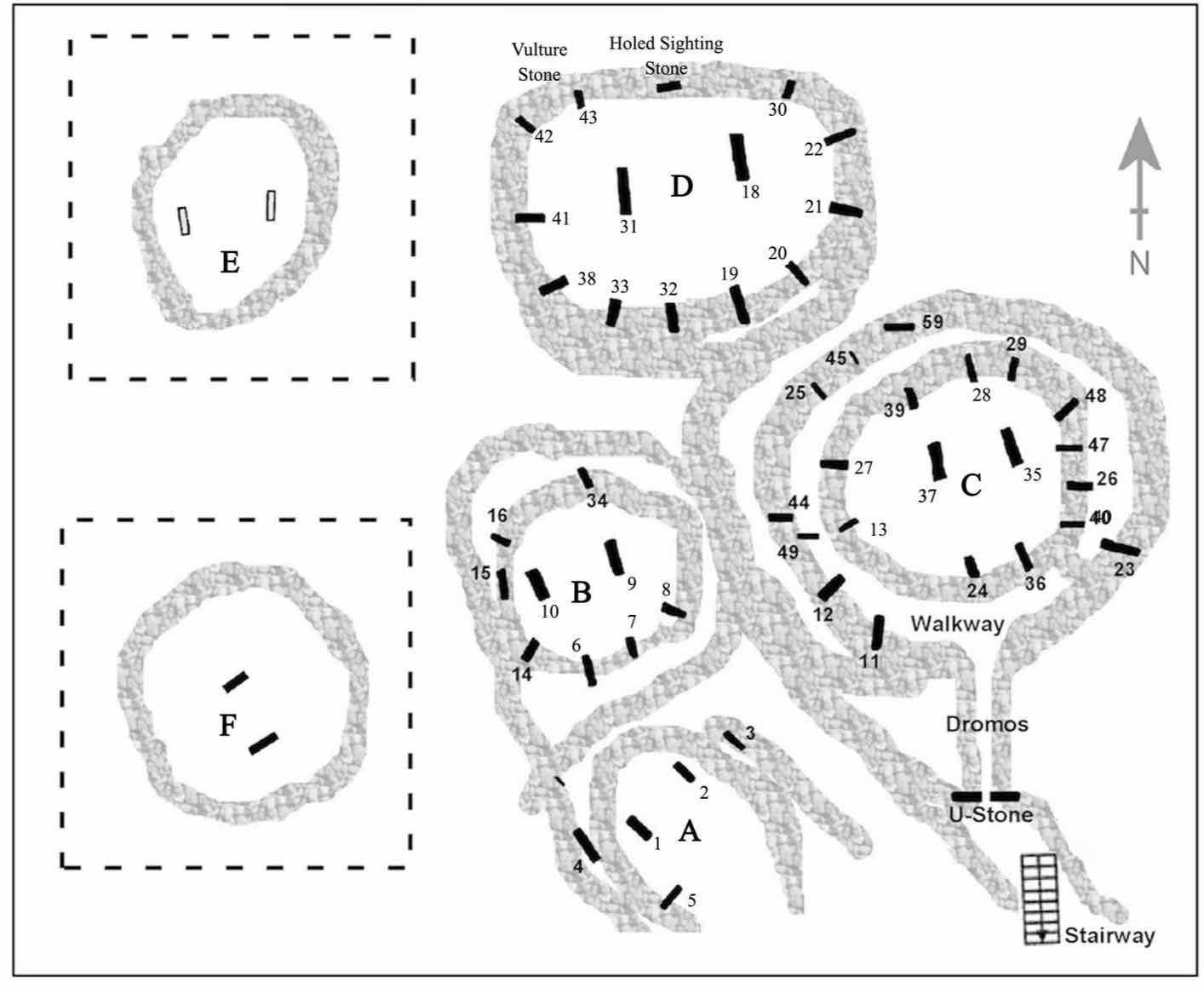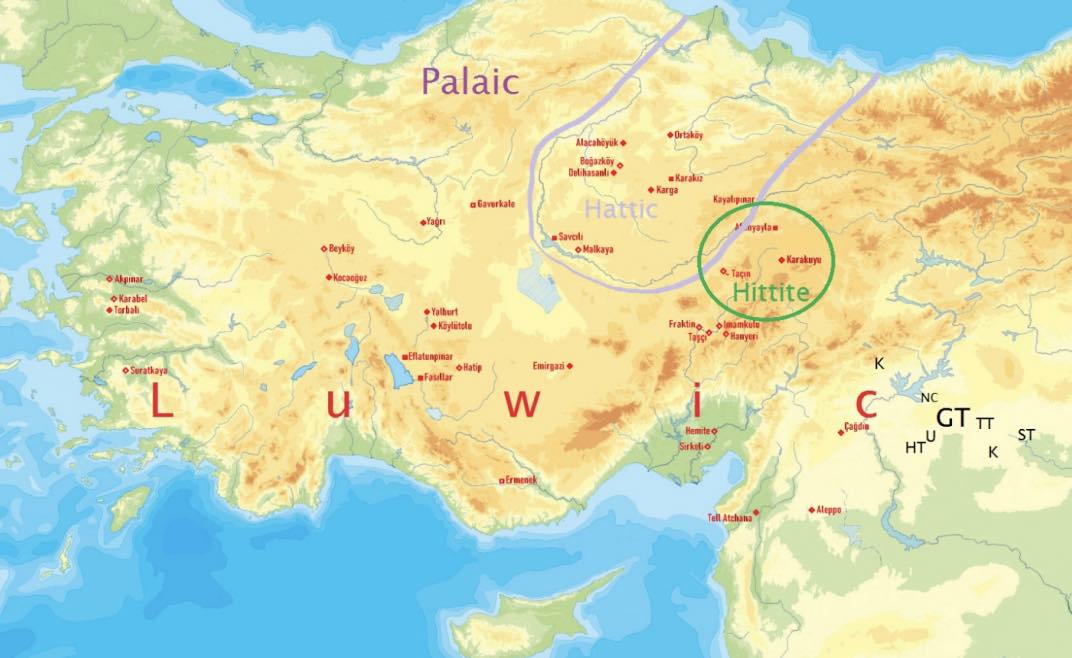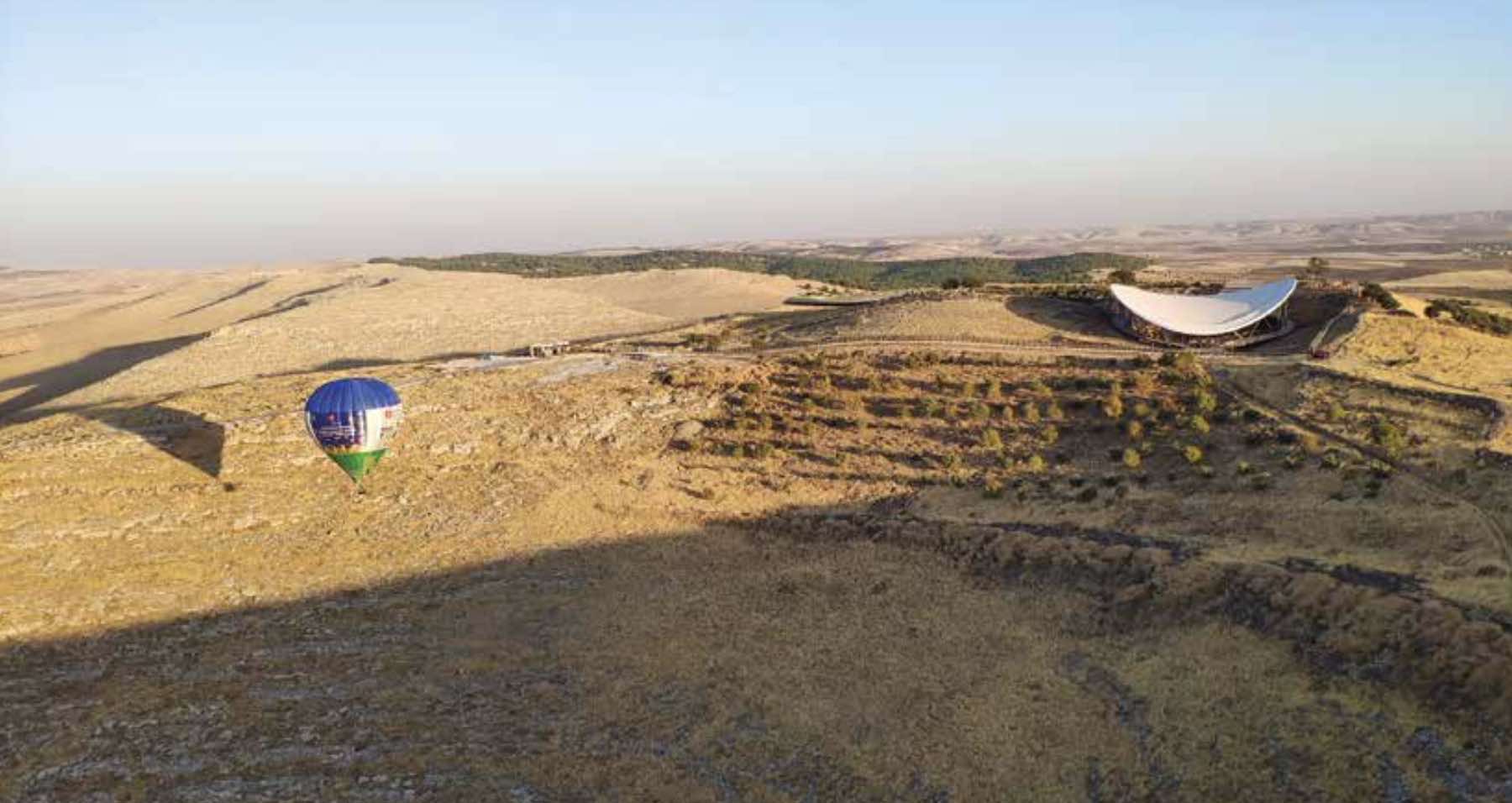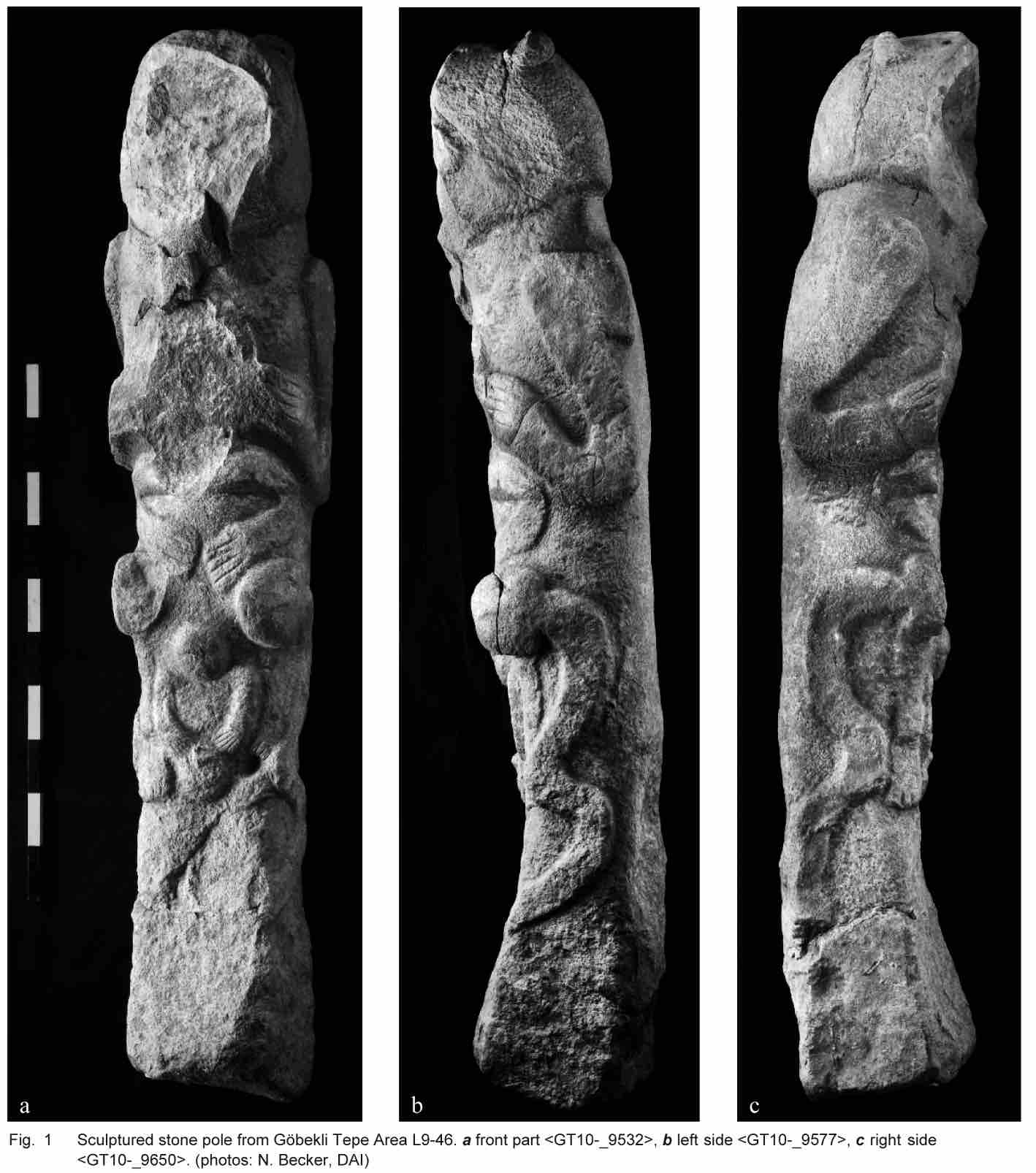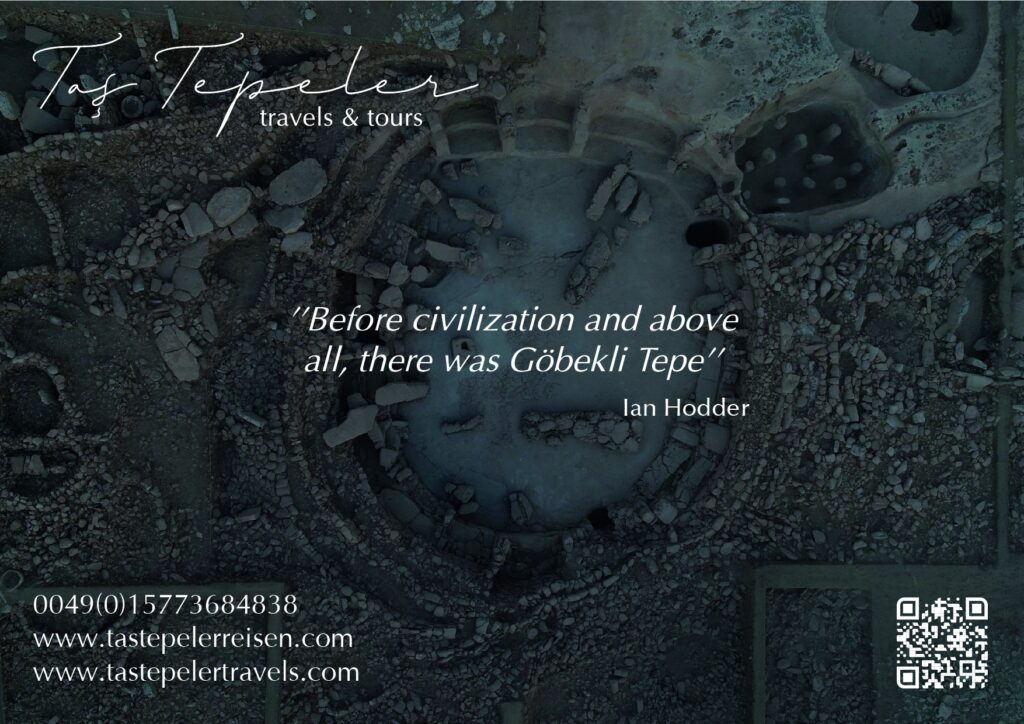New Possible Astronomic Alignments at the Megalithic Site of Göbekli Tepe, Turkey
Göbekli Tepe is the oldest and one of the most important among the megalithic sites in the world. Its archaeoastronomical relevance has been recently evidenced by Collins (2013), according to whom the central pillars in four of the enclosures discovered in the site are oriented toward the setting point of the star Deneb (α Cyg), as this point moves in the course of the time, due to the equinox precession and the proper motion of the star. Taking into account these effects, Collins (2013) obtained an astronomical dating for the various enclosures which agrees rather well with the one obtained by Dietrich (2011) with the technique of carbon-14. In the present paper the careful
Read More

